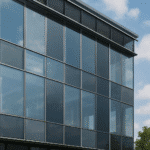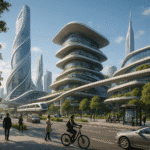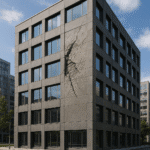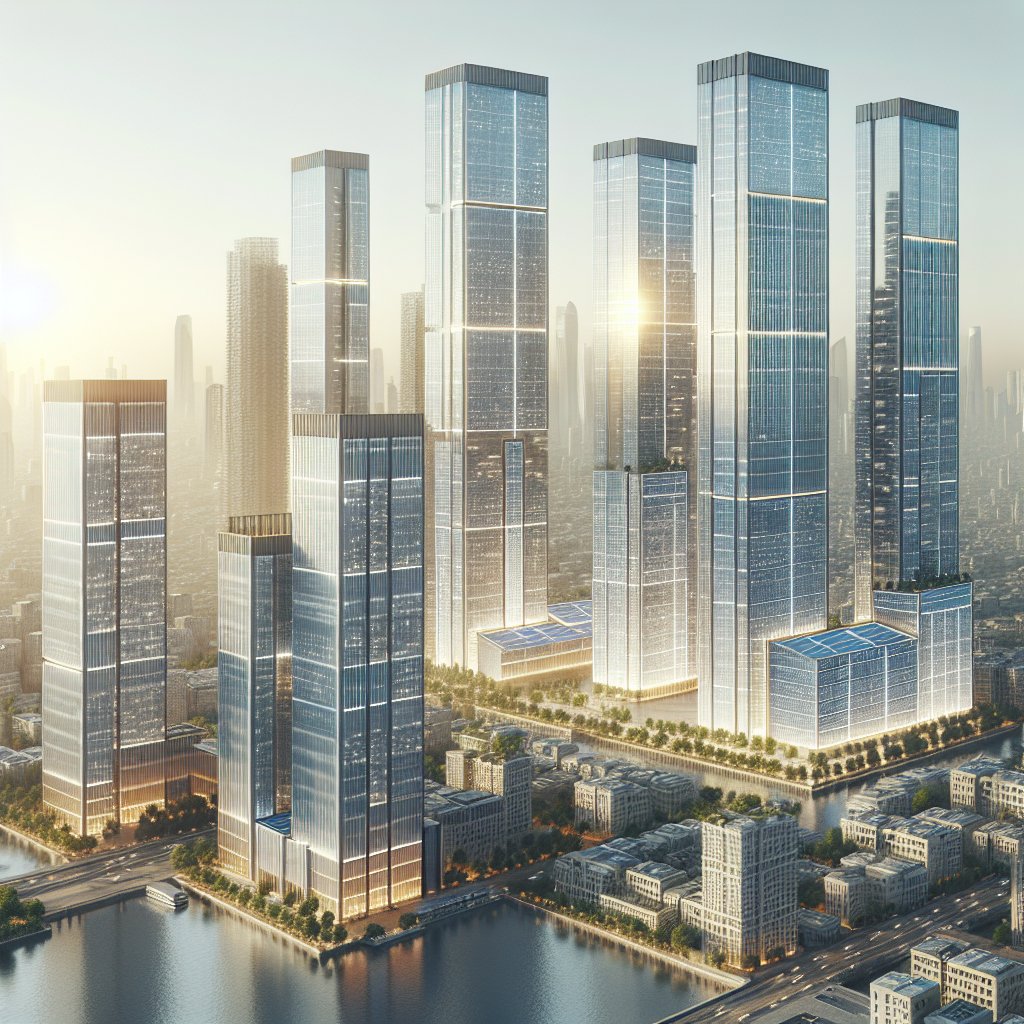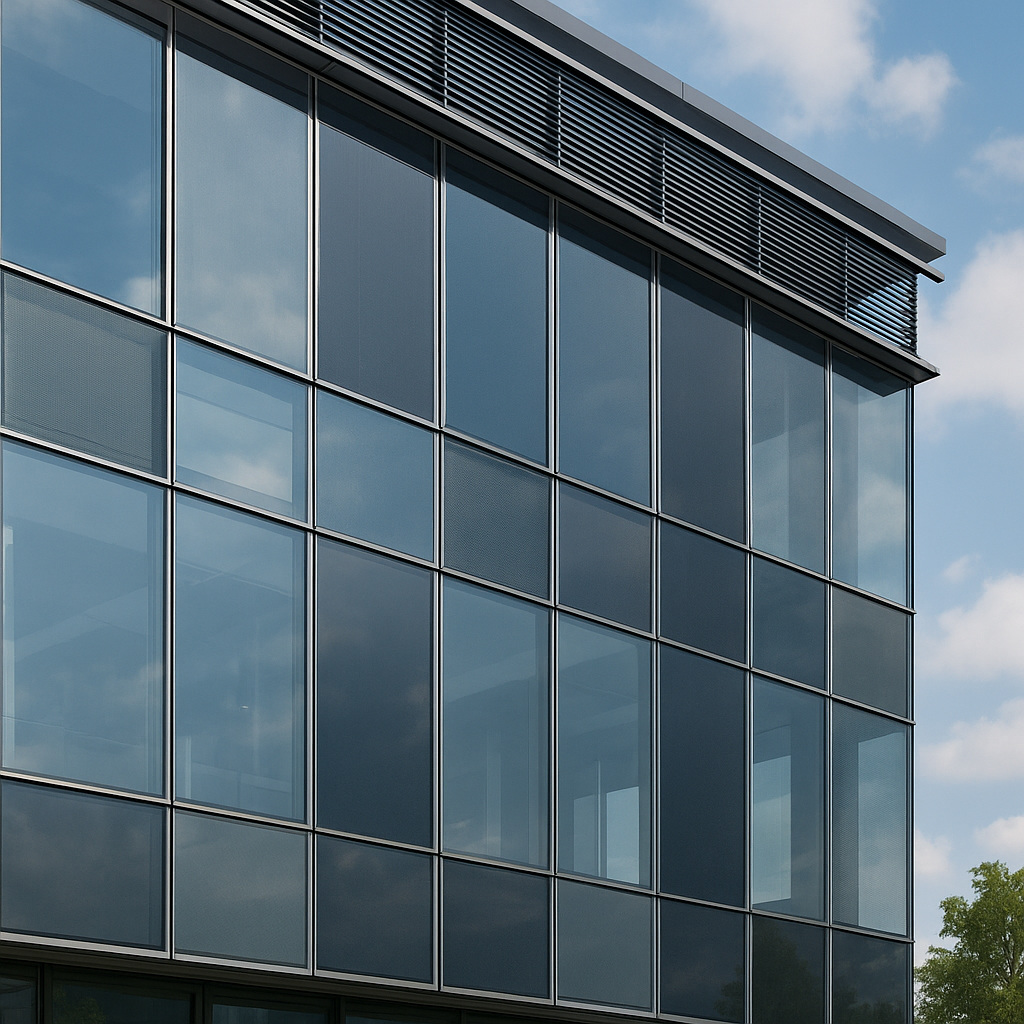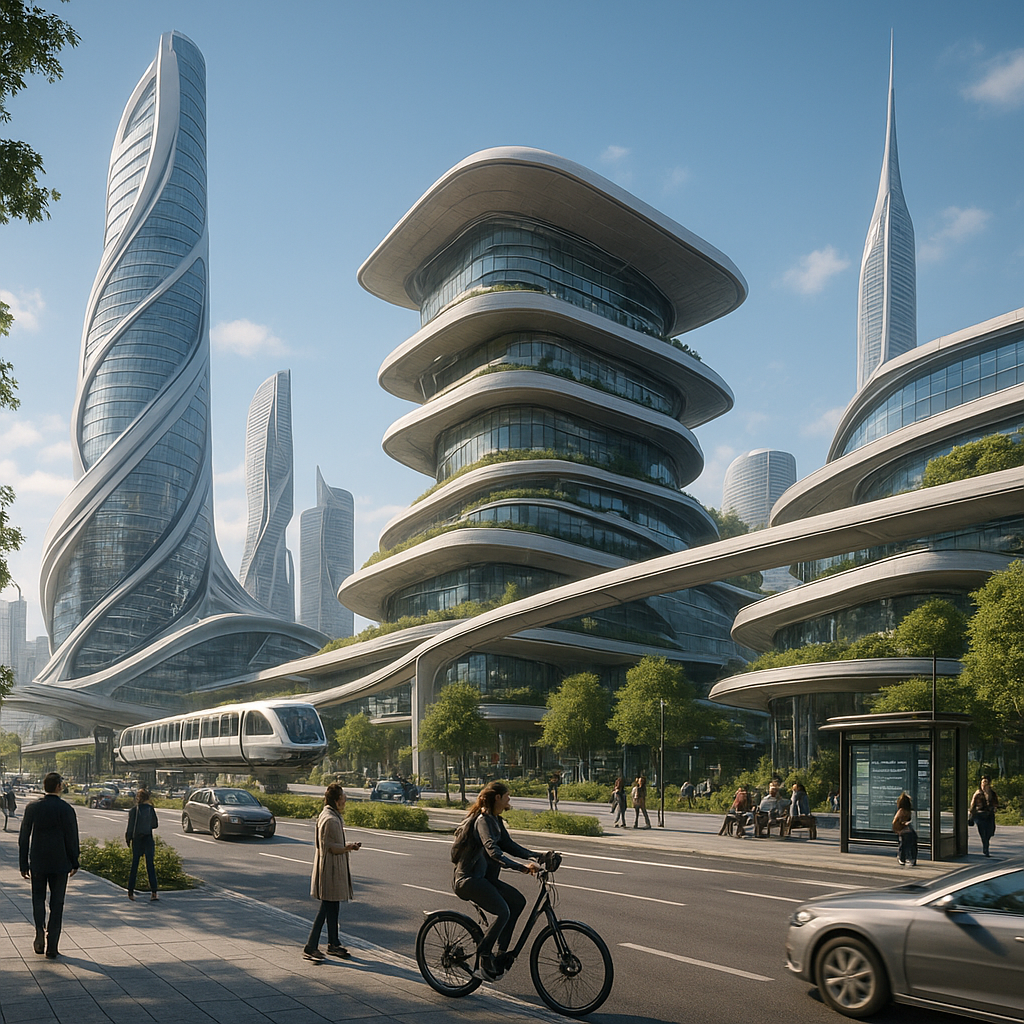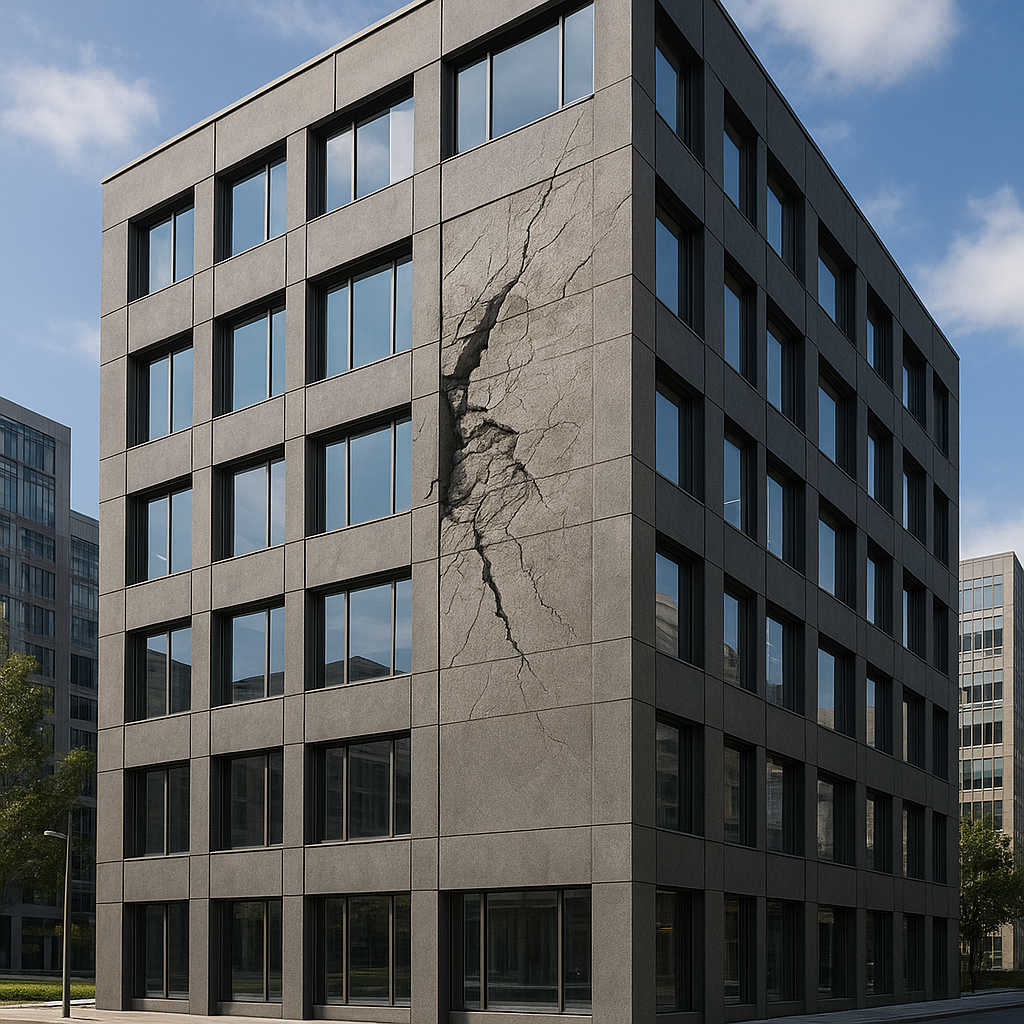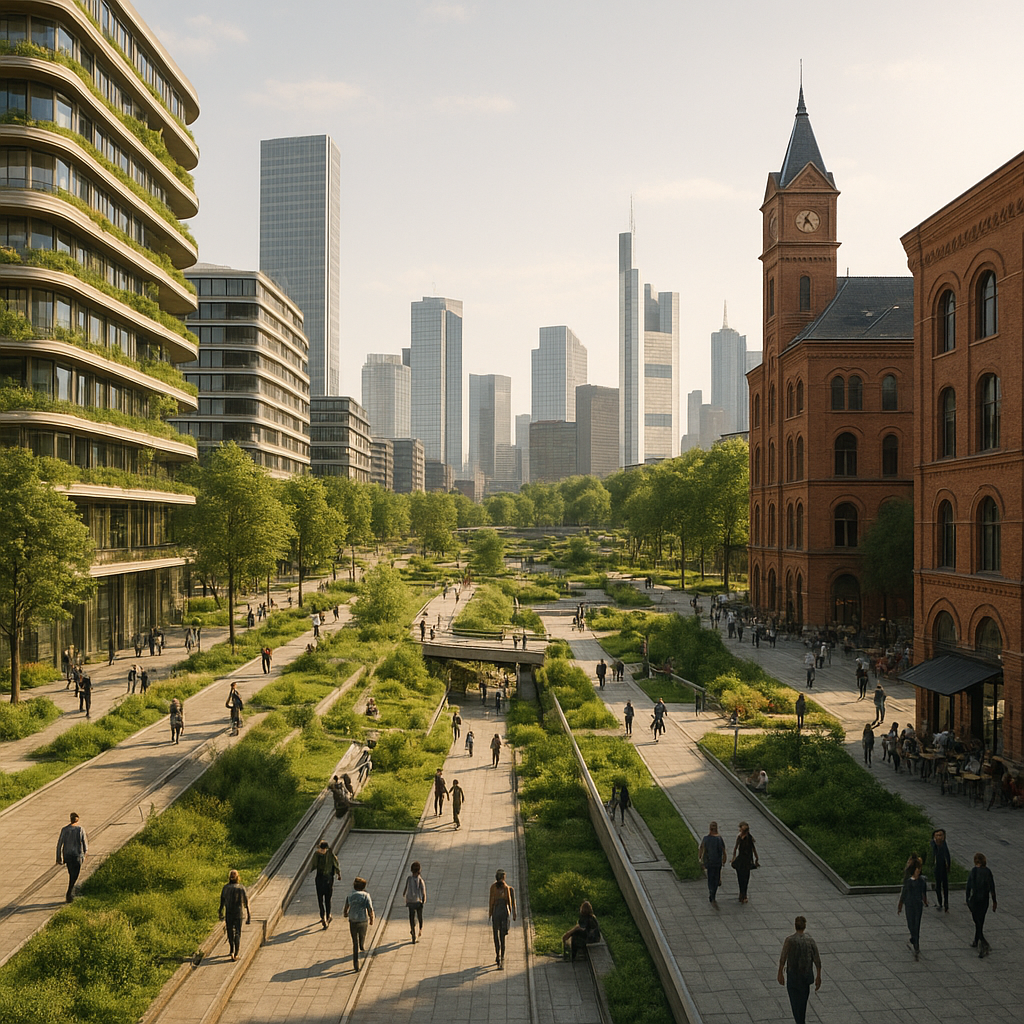As the world grapples with the challenges of climate change and urbanization, solar-powered skyscrapers are emerging as a beacon of sustainable architecture. These towering structures not only redefine the skyline but also harness the sun’s energy to power their operations, offering a glimpse into a future where cities are both vertical and green.
The Rise of Solar-Powered Skyscrapers
The concept of solar-powered skyscrapers is not entirely new, but recent advancements in technology and a growing emphasis on sustainability have propelled these structures into the spotlight. As urban populations swell, the demand for energy-efficient buildings has never been greater. Skyscrapers, with their expansive surfaces and high energy demands, present a unique opportunity to integrate solar technology on a grand scale.
One of the most significant drivers behind the rise of solar-powered skyscrapers is the rapid advancement in photovoltaic (PV) technology. Modern solar panels are more efficient, lighter, and aesthetically versatile than their predecessors. This evolution allows architects to seamlessly integrate solar panels into the design of skyscrapers, transforming entire facades into energy-generating surfaces. The result is a building that not only reduces its carbon footprint but also contributes to the energy grid.
Moreover, the economic incentives for adopting solar technology have become increasingly attractive. Governments around the world are offering tax breaks, subsidies, and other financial incentives to encourage the adoption of renewable energy sources. For developers, the long-term savings on energy costs, combined with these incentives, make solar-powered skyscrapers a financially viable option.
Design Innovations and Challenges
Designing a solar-powered skyscraper involves a delicate balance between aesthetics, functionality, and sustainability. Architects and engineers must consider various factors, such as the building’s orientation, the local climate, and the availability of sunlight throughout the year. These considerations influence the placement and type of solar panels used, as well as the overall design of the building.
One innovative approach is the use of Building Integrated Photovoltaics (BIPV), where solar panels are incorporated into the building materials themselves. This can include solar glass, which replaces traditional windows, or solar shingles that mimic conventional roofing materials. BIPV not only enhances the building’s energy efficiency but also maintains its aesthetic appeal.
However, integrating solar technology into skyscrapers is not without its challenges. The initial cost of installation can be high, and the efficiency of solar panels can be affected by factors such as shading from neighboring buildings or adverse weather conditions. Additionally, the maintenance of solar panels on high-rise buildings requires specialized equipment and expertise, which can add to the operational costs.
Despite these challenges, the potential benefits of solar-powered skyscrapers are immense. By reducing reliance on fossil fuels, these buildings can significantly lower greenhouse gas emissions. They also contribute to energy security by generating power locally, reducing the need for energy imports. Furthermore, as technology continues to advance, the efficiency and cost-effectiveness of solar panels are expected to improve, making solar-powered skyscrapers an increasingly attractive option for urban developers.
Case Studies: Leading Examples of Solar-Powered Skyscrapers
Several pioneering projects around the world showcase the potential of solar-powered skyscrapers. One notable example is the Pearl River Tower in Guangzhou, China. This 71-story building is designed to be one of the most energy-efficient skyscrapers in the world. It incorporates a range of sustainable technologies, including solar panels, wind turbines, and a double-skin facade that reduces heat gain. The building’s design allows it to generate a significant portion of its energy needs, setting a benchmark for future developments.
Another example is the Bosco Verticale in Milan, Italy. While not a traditional solar-powered skyscraper, this pair of residential towers integrates solar panels with a unique vertical forest concept. The buildings are covered with over 900 trees and 5,000 shrubs, which help to absorb CO2, produce oxygen, and reduce energy consumption by providing natural insulation. The solar panels complement this design by generating renewable energy, further enhancing the building’s sustainability credentials.
In New York City, the Solar Carve Tower stands as a testament to the potential of solar architecture in urban environments. The building’s distinctive shape is designed to maximize sunlight exposure for both the building itself and the surrounding area. Its faceted facade is equipped with high-performance solar panels that contribute to the building’s energy needs, demonstrating how innovative design can harmonize with renewable energy solutions.
The Future of Solar-Powered Skyscrapers
As cities continue to grow and the demand for sustainable solutions intensifies, solar-powered skyscrapers are poised to play a crucial role in the future of urban architecture. The integration of solar technology into high-rise buildings not only addresses environmental concerns but also offers economic and social benefits. By reducing energy costs and reliance on non-renewable resources, these buildings can contribute to more resilient and self-sufficient urban environments.
Looking ahead, the future of solar-powered skyscrapers will likely be shaped by ongoing advancements in technology and materials. Innovations such as transparent solar panels, which can be used in windows without obstructing views, and flexible solar films, which can be applied to curved surfaces, will expand the possibilities for integrating solar technology into skyscraper design. Additionally, the development of energy storage solutions, such as advanced batteries, will enable these buildings to store excess energy for use during periods of low sunlight, further enhancing their efficiency and reliability.
Furthermore, the rise of smart city initiatives and the Internet of Things (IoT) will enable solar-powered skyscrapers to become more interconnected and responsive to their environments. By integrating sensors and data analytics, these buildings can optimize their energy usage, adjust to changing weather conditions, and even communicate with other buildings to share resources and information.
In conclusion, solar-powered skyscrapers represent a promising convergence of architecture, technology, and sustainability. As the world seeks to address the challenges of climate change and urbanization, these innovative structures offer a viable path forward. By harnessing the power of the sun, they not only redefine the urban landscape but also pave the way for a more sustainable and resilient future.
